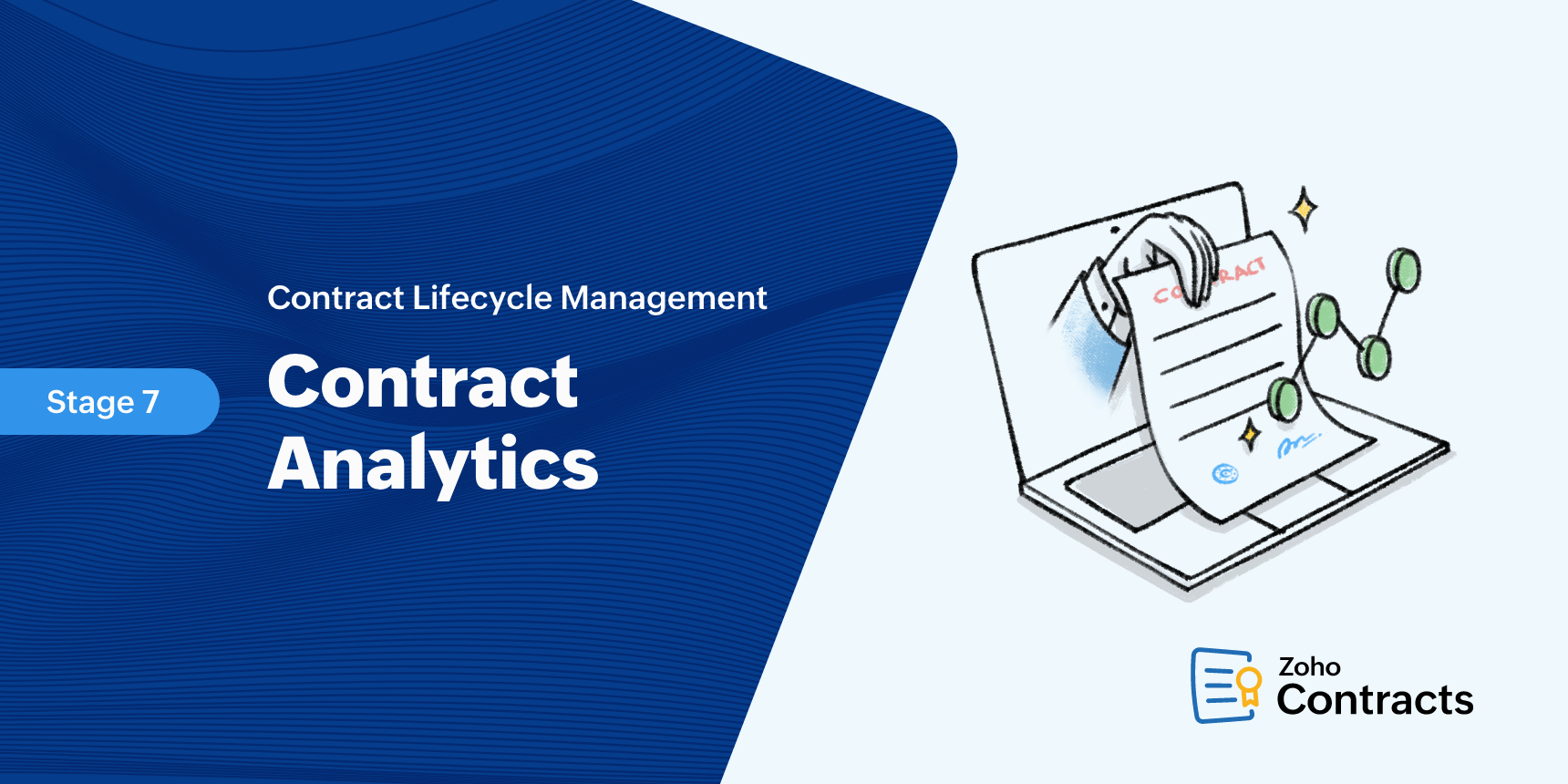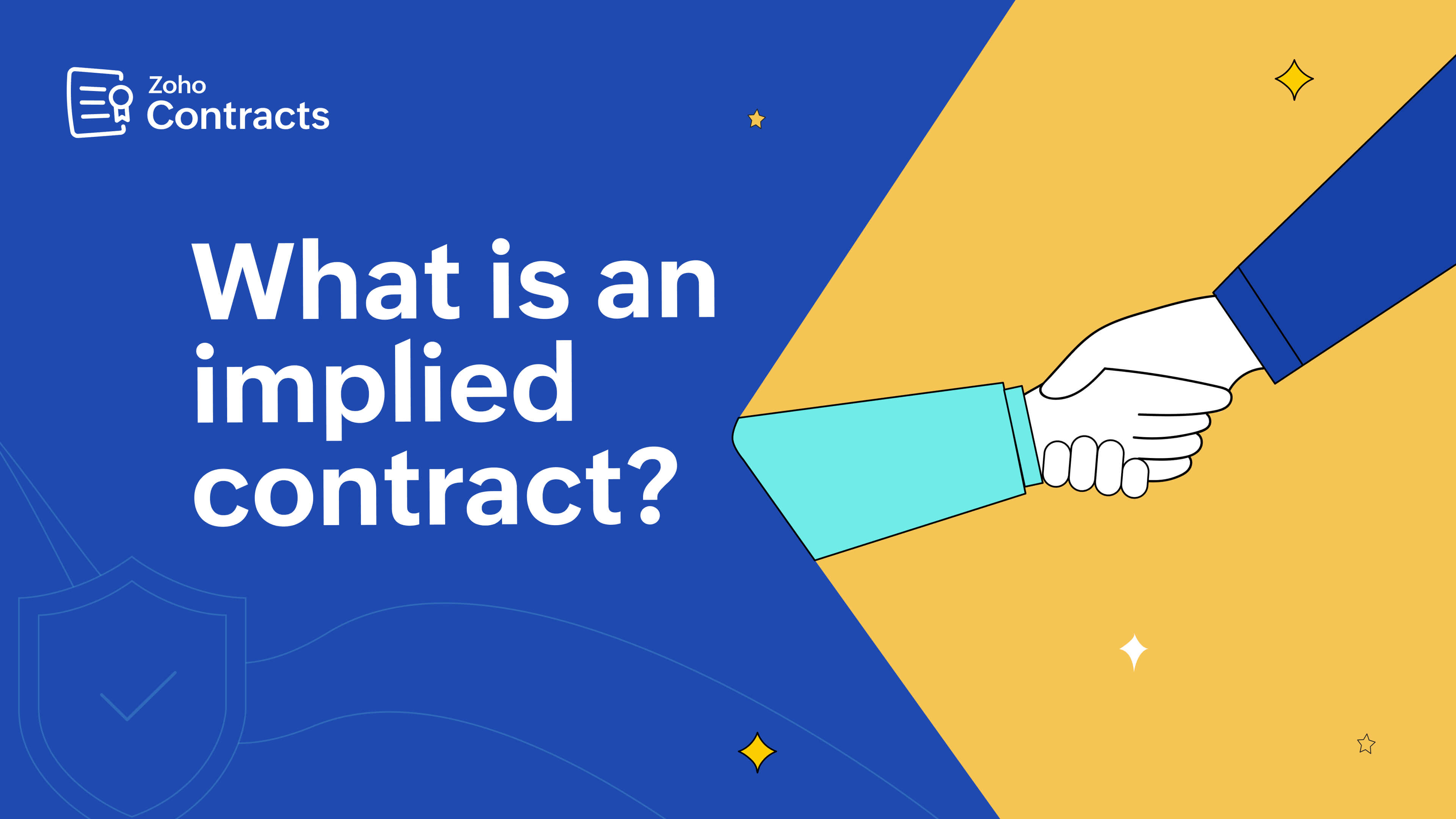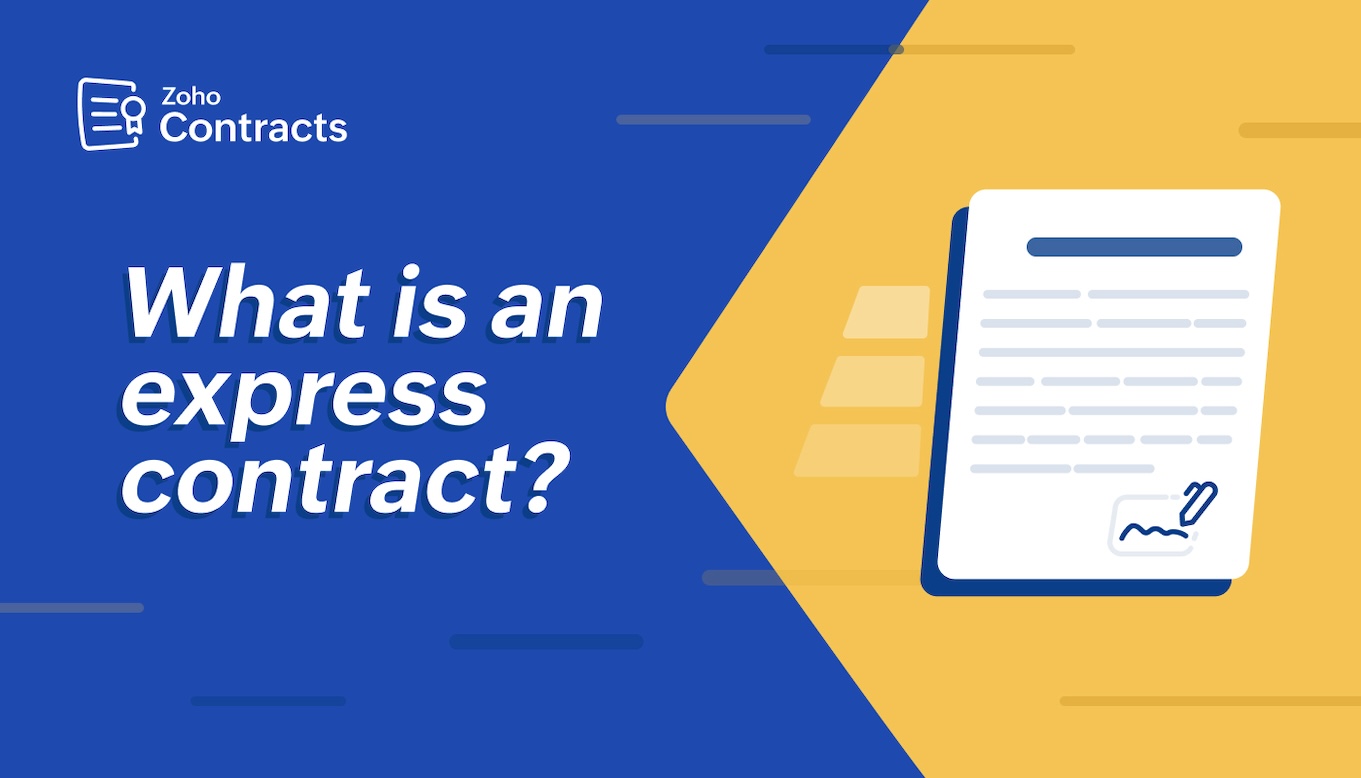- HOME
- Contract Management
- Contract analytics: Stage 7 of contract lifecycle management
Contract analytics: Stage 7 of contract lifecycle management
- Last Updated : November 9, 2023
- 632 Views
- 4 Min Read

Welcome to our blog series on the stages of contract lifecycle management (CLM). This series will walk you through the various stages of CLM and provide insights into key aspects, difficulties, and best practices for managing each stage. This blog post is on contract analytics and reporting, which is the final stage in the CLM process. To learn about the previous stages, please refer to the below links.
Contract authoring - Stage 1
Contract approval - Stage 2
Contract negotiation - Stage 3
Contract execution - Stage 4
Contract post execution - Stage 5
Contract obligations - Stage 6
In this blog post, we'll learn about the importance of contract analytics in the CLM process and the key metrics to track in each CLM stage. Whether you're an experienced contract management professional or just starting out, this article will offer valuable insights to help you optimize your contract management process and drive efficiency.
What is contract analytics and reporting?
Analytical capability in contract management refers to using data analysis tools or techniques (e.g., AI, NLP) to extract valuable insights from contract data and operational insights from contract metadata. This includes analyzing the contract value, cycle times, obligations, and other key metrics. These analytical insights transform contracts from static documents to strategic assets.
By leveraging contract analytics capability, businesses can:
- Reduce contract cycle times
- Reduce costs and mitigate risks
- Avoid missed renewal opportunities
- Fulfill contractual obligations on time
- Improve counterparty relationships
- Improve compliance
- Manage change effortlessly
What are the questions to ask for effective contract analysis in each CLM phase?
Contract pre-execution | What stages in the pre-execution phase consistently experience delays or bottlenecks? |
Contract execution | How long does it take to obtain all of the necessary signatures after a contract is finalized? |
Contract post-execution | How are contract obligations tracked and managed once the contracts get executed? |
Contract compliance and governance | Are they any contracts that have been flagged for non-compliance during internal or external audits? |
Collecting and analyzing this contract data can be daunting and time-consuming when done manually. It involves toggling between multiple applications to identify the necessary information for each stage of the contract lifecycle. Also, the risk of missing crucial information or critical deadlines is exceptionally high. This is where a CLM solution with analytical capabilities comes in handy.
How does a CLM solution with advanced contract analytics help businesses glean strategic insights from contract data?
Advanced CLM systems have multiple reports across different aspects of contract management. Here are a few examples.
Activity/Milestone Reports: A contract typically goes through several stages, such as approval, negotiation, and signature, before it becomes active. With CLM systems, activity and milestone reports can be generated to track the progress of contracts at each stage. These reports offer valuable insights into the contract processes, allowing organizations to identify and mitigate bottlenecks to improve turnaround times.
Performance Reports: These reports in the CLM system allow organizations to evaluate contract performance based on key metrics such as contract cycle times and the number of approval and negotiation cycles. With enhanced transparency into contract performance, organizations can develop effective strategies and make informed decisions for better contract outcomes.
Obligation Reports: With these reports, admins get a high-level overview of the contractual obligations across all contracts. Contract owners can track progress and set reminders at the individual contract level. This visibility into key obligations, progress, and deadlines enables granular obligation management, risk mitigation, and improved compliance.
Clause Reports: Because clauses are the building blocks for contracts, most CLMs provide clause-based reports that help admins in various ways, especially during internal policy or regulatory changes. By providing details on the number of contracts containing a particular clause, these reports enable businesses to conduct a quick impact study and make necessary changes to clause languages when needed.
Wrapping up
CLMs offer a range of reports for different aspects of contract management, such as financial and user-based reports. These reports facilitate process refinement, strengthen counterparty relationships, and enable effective change management.
By utilizing an intuitive analytical engine, organizations can unlock the full potential of their contracts, drive maximum value, and optimize their contract management processes. To experience the power of analytics in Zoho Contracts, sign up for a free trial or request a demo today.
 Heleena
HeleenaHeleena is a writer based in Chennai, India.


